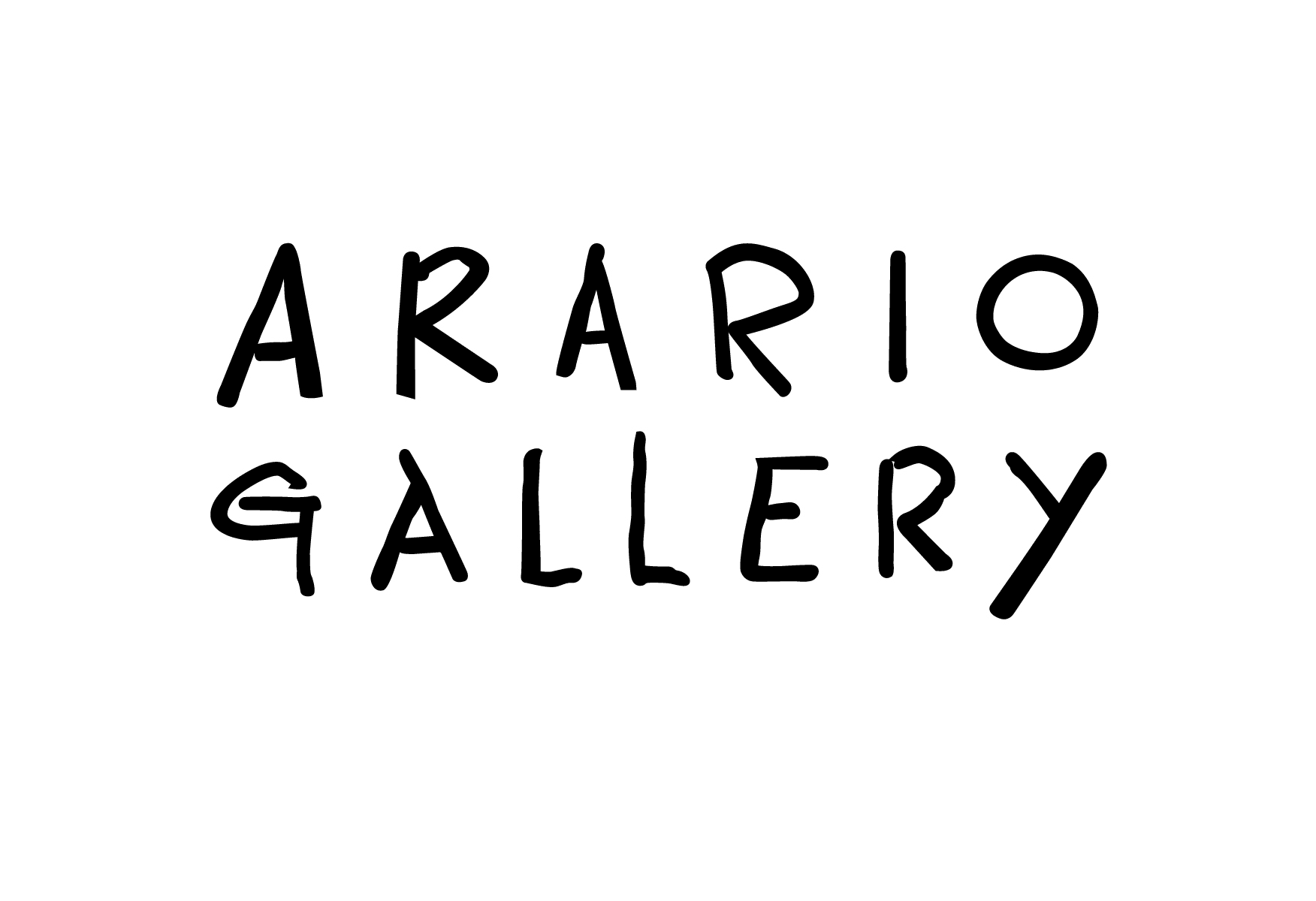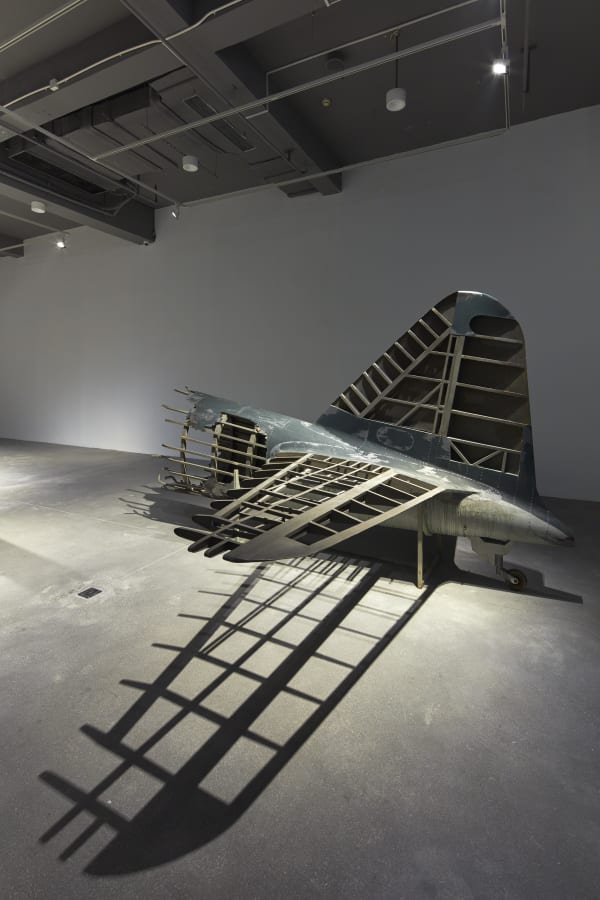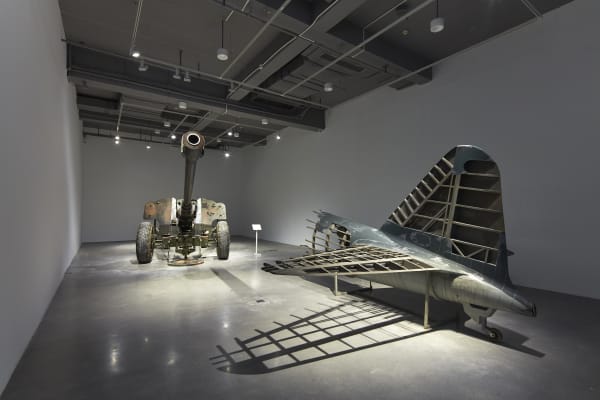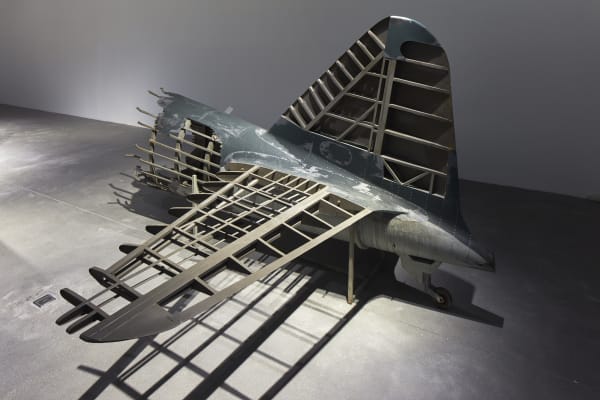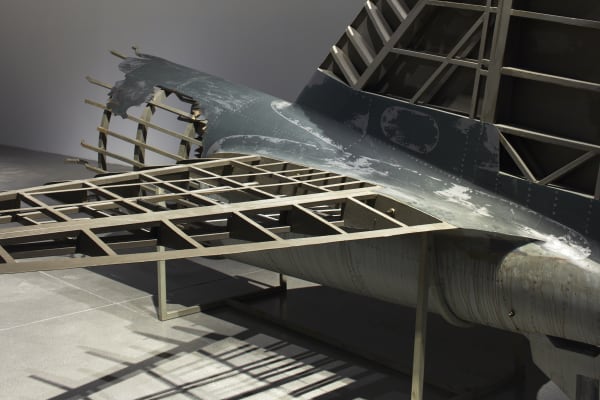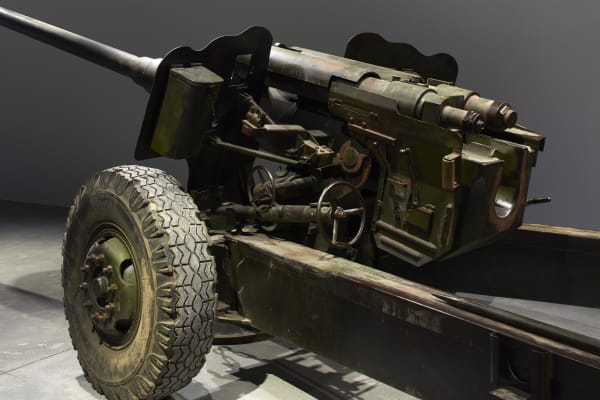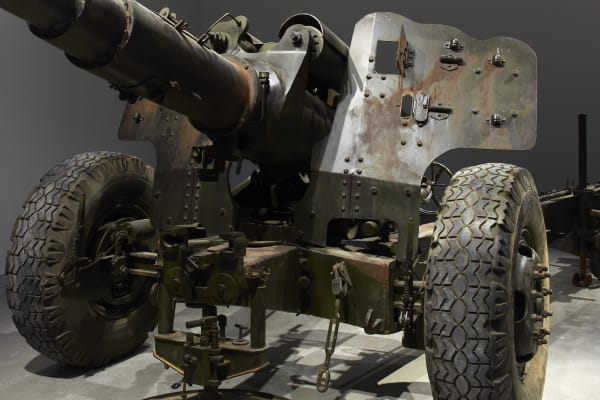Free Biographies: SUN Yuan & PENG Yu
Arario Gallery Shanghai is pleased to announce Chinese artists Sun Yuan & Peng Yu's first solo exhibition "Free Biographies" at the gallery space in Shanghai, from October 25, 2019 to January 10, 2020.
As the most important artists in the field of Chinese contemporary art, Sun Yuan & Peng Yu have been the leading figures exploring the forefront and new areas of contemporary art practice. Not only are the genres of their artistic practice diverse, spanning from installation, sculpture, video, and performance, but also are the first Chinese artists to use technologies, mechanics and electronic control in artwork production. Their acute observations and expressions are often embedded in the ontology of the material and the contradictions and complex relationships of sociological ideologies, who have adopted the characteristics of the materials to construct an independent system for their works of art, that allow the viewers to realize the social relations and mutually confounding complexities beyond the compelling visual effects of the artworks, and their works have always allowed the viewers to feel the spiritual power that has arisen from the tension of the interacting materials.
In recent years, Sun Yuan & Peng Yu have been active participants in major international art institutions and exhibitions. While they have caught the attention of the international art world, they have also found themselves at the center of controversies. Their work of art was acquired by The Guggenheim Museum through the exhibition "Tales of Our Time", while the piece "Dogs that cannot touch each other" in the exhibition, "Art and China After 1989: Theatre of the World" in a large-scale group exhibition in The Guggenheim Museum New York was highly contested (traveling exhibition in New York 2016 2017, Spain 2018).
In 2019, they participate in the 58th Venice Biennale, as one of the 11 invited projects, for which they exhibited two seminal installations, Can't Help Myself and Dear, that became the most sought-after large-scale installations at the 2019 Venice Biennale. In Can't Help Myself, the artists assigned the machine a kind of elegance that is usually found in living beings, and while the robot tries to control the uncontrollable red liquid, it is set back by the fluidity of the liquid, the phenomenon this work engenders resonates with the confrontation between the escapist and deterministic aspects of art; for Dear, an rubber hose is unexpectedly inserted to the majestic and carved marble seat, and whips its surrounding vehemently at times, "like a piece of intestine that has remained alive on the throne, while the person that it once belonged to has already left." Static and relatively still, quietness and destructive disorder alternate with one another.
This solo exhibition "Free Biographies" presents the artists' latest installation, Free Biographies. While Sun Yuan& Peng Yu have skillfully use technology and mechanics in artistic creation, they are also interested in historiography, the truth and the contending manifestations of history. "Legend", one of the genres of Chinese biographical books, is a formal literary form, while "unchecked" comes from the Chinese idiom "speaking thoughtlessly and careless about diverging the river", to suggest unreliable and baseless speech, which the artists consider as "free". The artists juxtapose the inherent contradictory relationship between the meanings of the words, which is synonymous to contradictory juxtapositions between the truth and history, while "free" equally suggests the attitude of "free of charge and free from responsibilities", that conveys the artists' dark humor on legendary biographies.
The inspiration of "Free Biographies" comes from the artists' reverie of the folk tales on Japanese resistance circulated at a certain town in China during the Anti-Japanese War. In order to create an impressive legend, the artists created the following legend basing on the performance of the Japanese Zero fighter jets throughout World War II: Zero fighter jet, as a kind of mysterious and advanced fighter plane, had not only commanded the airspace above the battlefields in Asia, but also were the ones that attacked Pearl Harbour in the U.S. Shooting down a zero-type fighter plane and decoding its secrets was not only the heartfelt wishes of the people on the Asian battlefield, but also the ideal of the US military at that time and the armed groups among the Chinese militia. A civilian group from Guang'an area in Southern China had once shelled a Japanese zero-type fighter plane. The shrapnel hit the plane and shot it down. Once the plane crashed, it was destroyed and broke into two parts. The Japanese pilot who navigated the plane was captured by the local militia after the crash, and shot dead on the spot. This seemingly true story may become a tale the local villagers would pass on through the words of mouth, or even possibly become a legend passes on into the future.
So as to reproduce this legend, the two artists adopt a museum-style narrative to represent historical events as a way of provoking people's respect for the illusory. The artists created the wreckage of the cannon of the shot-down Zero fighter jet, and exquisitely display the few residual proofs of the sacrifice Japanese pilots: a portrait photo, a pair of used guns, a harmonica. These elements attract the viewers to speculate this pilot's multi-faceted personalities and convince the viewers of the legend's historical authenticity to some extent. Maybe the Zero fighter jet is just an legend that might have been vulnerable.
Sun Yuan and Peng Yu's attention to peasant has already been reflected in their 2005 work Farmer Du Wenda's UFO, about a peasant called Du Wenda in Anhui Province who is passionate to invent and product flying saucer by himself . Sun Yuan & Peng Yu invited Du Wenda to bring his invention and attend their first participation of the Chinese Pavilion of the Venice Biennale for its first flight experiment. "Flying" became the dream of the entire art world at that time, even though this live test flight was not successful in the end. The overall process was intertwined with a fatal destiny and a great spiritual pillar, like Prometheus, who's trapped on a cliff and tortured every day by the unstoppable harm and growth of his heart. Because this artificial UFO has already taken off in audience 's mind. In the same vein, for the
latest installation, Free Biographies,the artists also created a fictional work rich in Chinese folk characteristics. Both of these fictitious tales are based on dreams, while Farmers Du Wenda's UFO built the dream in the viewers' hope and mind,Free Biographies built the dream upon the proofs of the physical wreckage.
The dismantled wreckage is scattered throughout the gallery to resonate with the fragmentary war memories included in the legend. The Incomplete cannons and planes become the physical memories that will continue to convey this incomplete story. And the viewers that come into this art scene become the critical element that completes this story. They seem to be given the ability by the artist to tell stories-as they pause or meander through the wreckage, the legends would be truly engaged and witnessed, and as the viewers approach the wreckage of the legend, they would become part of this fictional historical site, where seeing and being seen become a dynamic exchange. More importantly, the artists have constructed space of wonder that integrates the viewers' modern life experience with historical memories. According to the philosopher Hans-Georg Gadamer, "the fundamentals of the historical spirit is not to restore the past, but to achieve a thoughtful mediation with modern life." As the viewers project their modern experience that constitutes self-existence into the virtual historical archives of the art scene, various refreshing interpretations will emerge, which may far exceed the original meaning and context of the works and continue to enrich the connection between the legend and the present. Here, seeing is not believing, believing is seeing.
